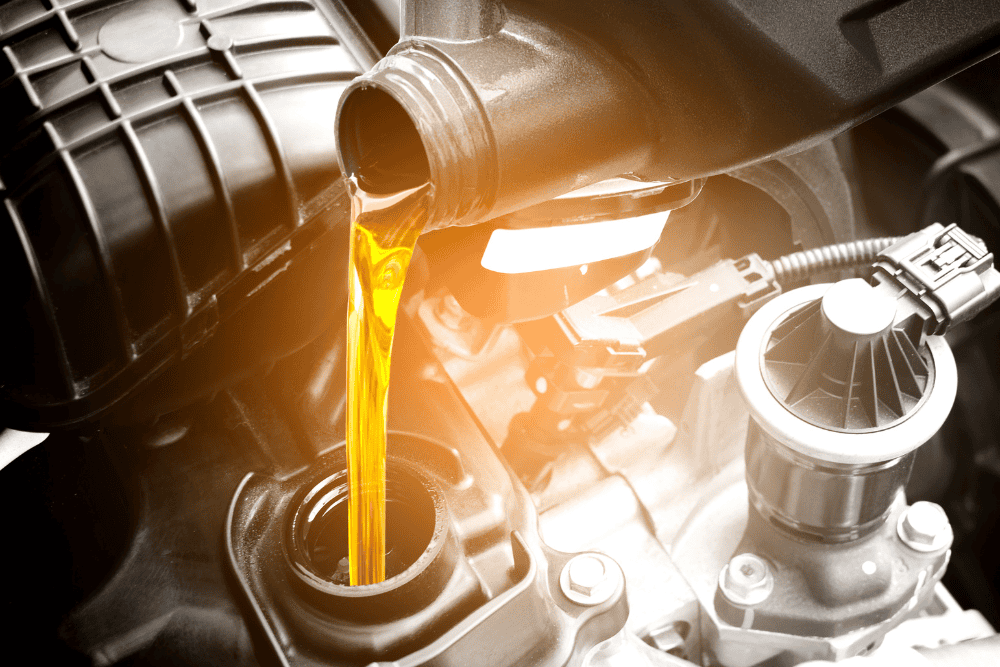
You might wish to spend money on some off-road tires if you enjoy taking your passenger car on outdoor adventures. Off road tires are made specifically to handle unpaved, rough conditions including dirt, mud, sand, gravel, and pebbles. When driving off-road, they can increase your car’s traction, stability, and safety. But not all off-road tires are created equal. You should think about the various types, sizes, and features before making a purchase. We’ll go through how to select the best off-road tires serving as your passenger tire in this article based on your driving requirements and tastes.
What kind of terrain you will most frequently encounter should be your first consideration. All-terrain and mud-terrain tires are the two primary divisions of off-road tires. The key variations between them are as follows:
Drivers who spend about 70% of their time on paved roads and 30% on dirt roads should use all-terrain tires. Their tire pattern is well-balanced, combining big tread blocks with tiny sipes and grooves. This enables them to divert water and snow away from the contact patch and to grip both hard and soft surfaces. Moreover, they contain a tougher composition that resists deterioration of asphalt but lessens traction on cold and wet roads. All-terrain tires maintain respectable ride comfort and tread life on paved streets while providing good grip on a variety of situations, including wet and icy highways.
Drivers who spend about 30% of their time on paved roads and 70% on dirt roads should choose mud-terrain tires. Large lugs and voids in their aggressive tread pattern produce biting edges and self-cleaning action. Moreover, they include a reinforced sidewall that guards against sharp objects and sidewall damage and a softer compound that improves grip on slick conditions. Mud-terrain tires produce greater noise and vibration on pavement but provide better traction on soft surfaces like mud, sand, and pebbles. Moreover, they degrade quicker than all-terrain tires.
The size of the tire is the second factor you should take into account. Off-road tires are available in a variety of sizes to accommodate a variety of rims and vehicles. To determine the appropriate tire size for your vehicle, consult your owner’s manual or the sign on the driver’s door jamb. To compare several possibilities and discover how they affect your speedometer, odometer, and clearance, you can use utilize online tire size calculators. Generally speaking, you should steer clear of oversizing or under sizing your tires to an excessive degree since this can lead to issues with handling, braking, suspension, and drivetrain.
The load rating of the tire is the third factor you need to consider. Off-road tires can support a certain amount of weight according to their load rating. This is crucial if you use your passenger automobile to tow trailers or carry hefty items. The LT (light truck) label on your tires, which indicates they have a higher load capacity than typical passenger (P) tires, is what you need to check for. The sidewalls of LT tires are also stiffer, allowing them to withstand higher air pressure and resist flexing.
The tread pattern of the tire is the fourth factor you should check. Different tread patterns on off-road tires have an impact on how well they perform on various surfaces. You must select a tread pattern that fits both your driving style and the predominant terrain you encounter. Here are some ideas to aid with your decision:
- Look for a tread pattern with large tread blocks that offer stability and grip if you primarily travel on hard-packed dirt roads or trails.
- Look for a tread pattern with big lugs and voids that dig into the ground and eject debris if you drive mostly on loose or soft ground, like mud or sand.
- Look for a tire pattern with sipes and grooves that improve grip on slick conditions and drain water and snow if you commute mostly on wet or snowy routes.
- If the majority of your driving is done on rocky or uneven terrain, opt for a tread pattern with sidewall lugs or angled shoulder blocks that offer cut and puncture protection.
The tire’s tread composition is the fifth item you should examine. Different tread compounds on off-road tires have an impact on their traction and durability. You must select a tread compound that works for your driving style and conditions. These are some things to think about:
- For off-road tires, silica-based, carbon-black, and natural rubber tread compounds are typical choices12. Regarding wear, grip, and rolling resistance, each of these compounds has specific benefits and drawbacks.
- All-terrain tires frequently contain silica-based compounds because they provide excellent grip on both dry and wet surfaces, as well as minimal rolling resistance and high fuel efficiency. Unfortunately, when driving over jagged pebbles or gravel, they are also more prone to cutting and chipping.
- Mud-terrain tires frequently use carbon black materials because they offer great durability and resistance to abrasion, tearing, and punctures. They have excellent traction on slippery surfaces including dirt, sand, and snow. They may lose some traction on wet pavement, and they are also louder and less fuel-efficient than silica-based compounds.
- With hybrid-terrain tires, which blend the qualities of all-terrain and mud-terrain tires, natural rubber compounds are frequently used. They can adapt to the shape of the ground and deflect impacts thanks to their good flexibility and elasticity. They also have low noise and rolling resistance, good traction on both hard and soft surfaces, and good grip. However, they are also more expensive, less robust, and more susceptible to UV or high temperature degradation than synthesized chemicals.
- You may want to select the tread compound that best meets your requirements based on your driving style, financial constraints, and preferred terrain. For instance, you might choose a silica-based compound with good performance and efficiency if you primarily travel on paved roads with occasional off-road excursions. You may want to use a carbon black compound with great durability and protection if you frequently drive on rocky and uneven trails. Choose a natural rubber composition that offers adaptability and comfort if you drive on a variety of surfaces and climates.
To sum up, there are a number of considerations to make when selecting the best off-road tires for your passenger car, including the kind of terrain, tire size, load rating, tread pattern, and tread compound. You can locate the ideal tires for your requirements and preferences by heeding the suggestions and guidance in this article. When you want to explore the great outdoors, off-road tires can improve your car’s performance and safety, but they also need the right maintenance and care. Regular tire pressure checks, tire rotations every 6,000 miles, and visual inspections for wear or damage are all recommended. You may experience the rush of driving off the trodden path in confidence and comfort with the correct off-road tires.









